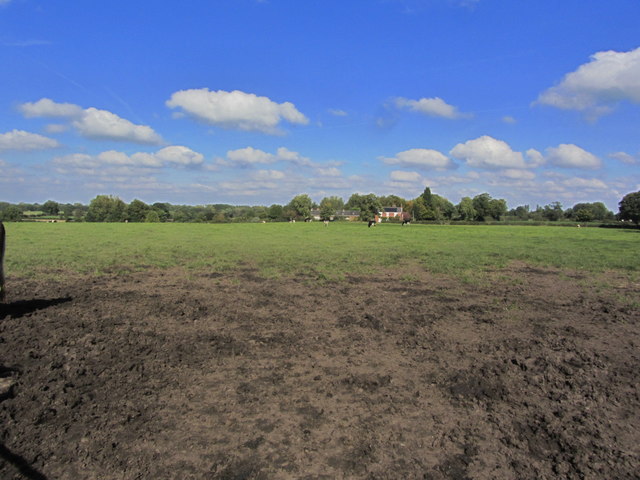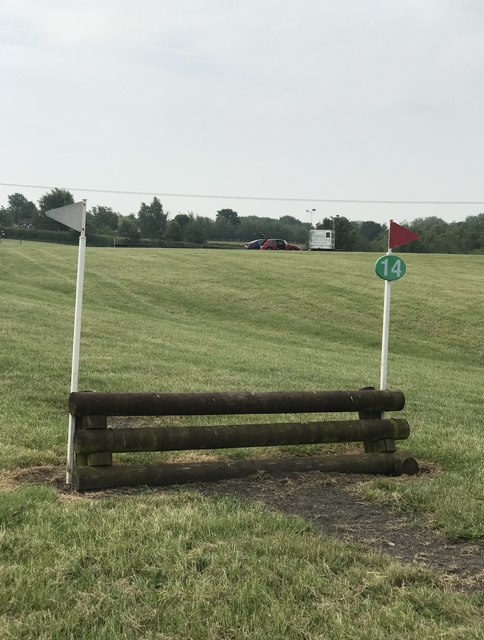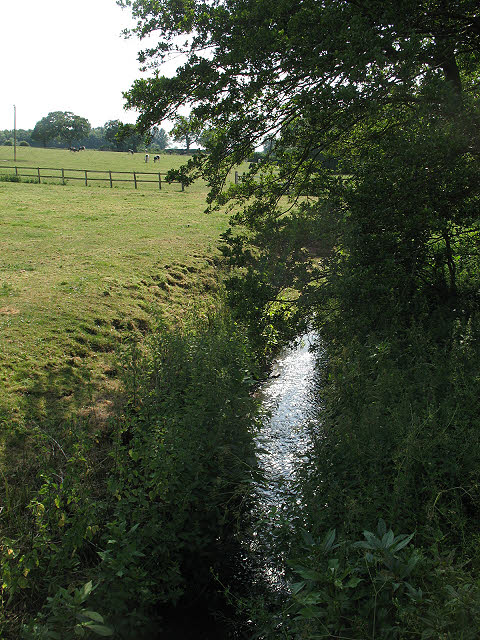Brookhouse Moss
Wood, Forest in Cheshire
England
Brookhouse Moss

The requested URL returned error: 429 Too Many Requests
If you have any feedback on the listing, please let us know in the comments section below.
Brookhouse Moss Images
Images are sourced within 2km of 53.152493/-2.2910524 or Grid Reference SJ8061. Thanks to Geograph Open Source API. All images are credited.





Brookhouse Moss is located at Grid Ref: SJ8061 (Lat: 53.152493, Lng: -2.2910524)
Unitary Authority: Cheshire East
Police Authority: Cheshire
What 3 Words
///screen.kitchens.dweller. Near Rode Heath, Cheshire
Nearby Locations
Related Wikis
Congleton (borough)
Congleton was, from 1974 to 2009, a local government district with borough status in Cheshire, England. It included the towns of Congleton, Alsager, Middlewich...
River Croco
The River Croco () is a small river in Cheshire in England. It starts as lowland field drainage west of Congleton, flows along the south edge of Holmes...
Smallwood, Cheshire
Smallwood is a civil parish and small village in the unitary authority of Cheshire East and the ceremonial county of Cheshire, England. The village is...
St John the Baptist's Church, Smallwood
St John the Baptist's Church is in Church Lane, Smallwood, Cheshire, England. It is an active Anglican parish church in the deanery of Congleton, the...
Nearby Amenities
Located within 500m of 53.152493,-2.2910524Have you been to Brookhouse Moss?
Leave your review of Brookhouse Moss below (or comments, questions and feedback).














